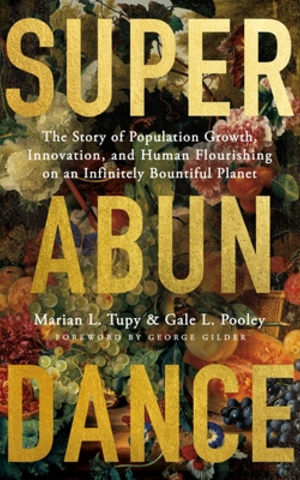
Superabundance: The Story of Population Growth, Innovation, and Human Flourishing on an Infinitely Bountiful Planet
- Book
- May 1, 2022
- #EconomicGrowth
Generations of people have been taught to believe that population growth makes resources scarcer. In 2021, for example, one widely publicized report argued that "the world's rapidly...
Show More
Number of Pages: 520
ISBN: 1952223393
ISBN-13: 9781952223396
Mentions
See All
Christian Dean @christiandean_
·
Oct 5, 2023
If you’ve read David Deutsch, you understand the philosophical argument for why population growth is good and why resources aren’t limited. If this inspired you, read Superabundance. It’s the economics argument in full support of Deutsch’s explanation, and equally inspiring.